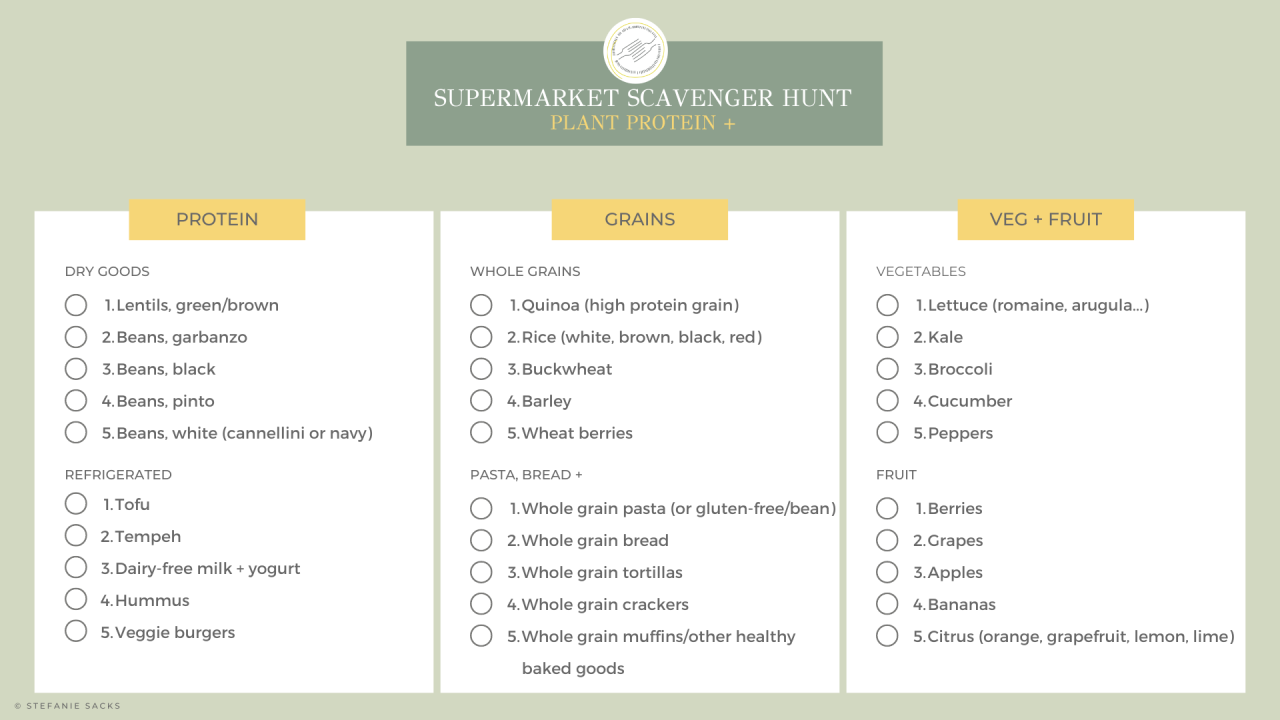
EWG presents a series of guest articles by Culinary Nutritionist and Author of “What the Fork Are You Eating?” Stefanie Sacks, exploring the link between a healthier diet and a healthier environment while offering straightforward advice and encouragement to anyone looking to improve their nutrition and protect the planet.
Over the years, I have worked with many children, in homes and schools. All too often, parents and teachers complain that younger palates are limited to unhealthier choices, and that picky eating is an issue. As a mother of a child born with feeding problems, I’ve experienced these problems firsthand, and they’re frustrating.
These tribulations have forced me to find tools – not only for myself and my child but also for others – to remedy this seemingly endemic issue, a kid’s relationship to nourishment. It’s especially an issue when we’re trying to explore the world of plant-based foods with them.
I could have offered onboarding tactics to enlighten kids on the impacts of overconsumption of animal protein, both for human and environmental health. But a dogmatic approach rarely works with children. The solution is to talk about the issues while engaging in fun food-related activities. Transitioning what, and how, we eat must be about gently facilitating behavior change, not constantly drilling down on science and food politics.
Here are some basic ground rules about kids and eating, adapted from my book:
Kids (from birth onward) develop healthy eating habits by modeling their grown-ups. Thus constant exposure to healthy food and conversation about food is critical. A few suggestions:
- Never presume your child won’t like something. I bet you are already thinking that you won’t buy this or that because you know they won’t like it. If you have an open mind, it’s likely they will too.
- Make a rule that everyone has to try something at least once.
- Never quit on introducing new foods. If your kid doesn’t like a new healthier option, keep reintroducing it. Maybe try cooking it differently – see these meatless recipes for some ideas.
- When your child does not like a food, talk to them about why they don’t like it. Explain to them why it is healthy. For example, “Lentils can help build muscles which build strength so you can do all the things you love to do.…”
- Never forget that it is your job as a caregiver to provide your children with a variety of healthy foods, and it is their job to choose what to eat within that context. If they skip a meal, they won’t starve.
- Don’t push food on your kids (as in “you must eat everything on your plate”); children need to learn how to self-regulate.
Keeping these guidelines in mind, here are five ideas for introducing your kids to a food lifestyle rich in plant protein.
The supermarket scavenger hunt
Kids can be a hindrance when you’re shopping for food. But they can also be an asset. Giving older children a list of plant-based food items, including meatless options, to scavenge for, with their own cart, will not only orient them toward the grocery shopping experience – a good tool for self-sufficiency later in life – but also guide them toward better food choices.
As with any scavenger hunt, there can be a prize at the end of the “game” – a small monetary token, the chance to pick a healthy treat, or perhaps a trip to the movies with a friend. Those who are too little to scavenge on their own can hunt with you by their side.
Feel free to use this handy list below (or you can download it here) as a starting point for older kids. Ask younger kids to identify each item as you stroll through the aisles. Reward them accordingly. This ends up being fun for the kids, no matter the age, and helpful for you.

The taste test
Taste testing is always fun with kids. A great start is to buy several veggie burger options. There are many choices on market shelves today, and not all are created equal when it comes to ingredients, processing and taste. To onboard the kids, try a variety and see what sticks. Prepare them as you would a regular burger and let the kids rate the taste. To get them into the spirit, blindfold them before tasting. Then talk to them about the experience.
The arts and crafts kitchen
As I’ve said, my younger son is extraordinarily picky. To ease his pain, and mine, I turned to what I do best – cooking. He has gone from the kid who eats nothing to the kid who loves to cook, eats what he cooks, and is now more open to trying new things.
Most kids’ palates expand when they’re allowed to touch and taste anything edible. Think arts and crafts but with food – get kids touching and playing with newfound plant protein and all other plants at an early age, as soon as they can sit in a high chair. This can evolve into your cooking with them.
With a kitchen stool, a butter knife, a cutting board and some soft foods to get started, like avocado, your kids will be little cooks in no time. It may at times be stressful for you – and occasionally messy – but it’s worth it!
The 'Chopped' competition
Have you ever watched 'Chopped,' on the Food Network? Four chefs, a basket of four obscure ingredients, and the task of creating a tasty dish within a fairly short time frame. Three rounds, and at the end of each, a chef is eliminated, leaving one as the winner of $10,000.
Now, I am not a big TV watcher, but this show planted a seed in my mind as I watched it with my boys. Not only did we create a family version of 'Chopped' – my husband bought the ingredients – but I also brought this concept to my older son’s school. During the pandemic, we held a 'Chopped' competition on Zoom that kids and parents all enjoyed. It was a way to connect around healthy foods – cooking, talking and eating. And the kids who took part all tried new foods and liked them.
Show it and say it on social
I wouldn’t call myself incredibly social-media savvy. But social media has its place for my teenage boys. As a mom, I try to emphasize its use for specific purposes, including watching food and cooking videos. Since kids share so much electronically these days, how about encouraging them to share their food escapades and culinary creations? Set up a social media account together – Instagram is my platform of choice – and start posting.



